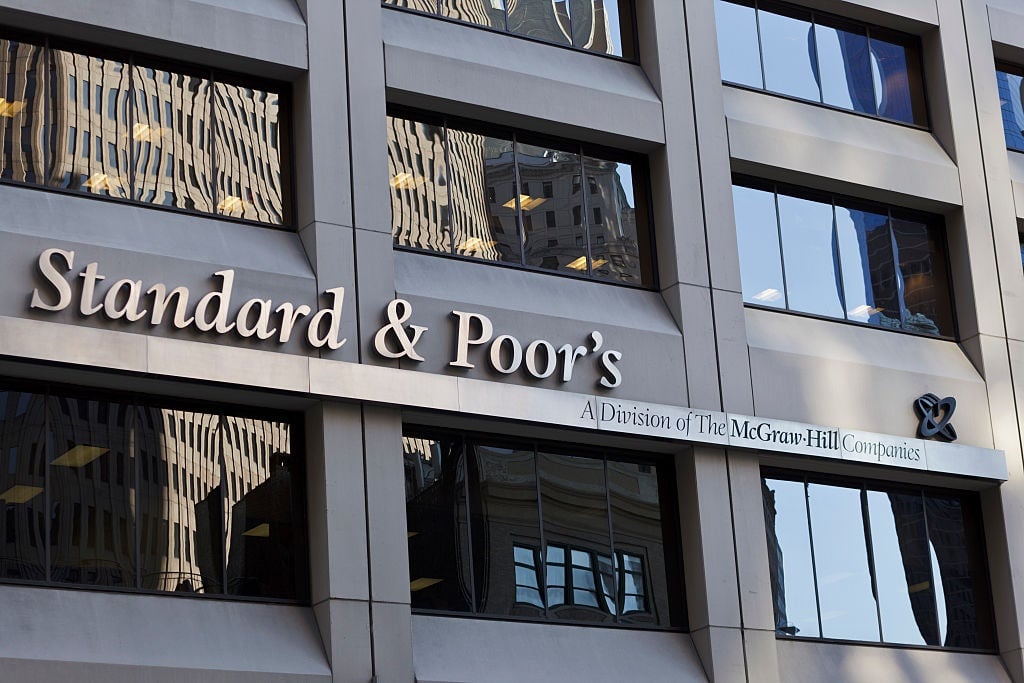

It may be too soon to talk about a South African rating upgrade.
While Fitch affirmed its stable outlook and rating assessment on Thursday, and S&P Global Ratings unexpectedly revised its outlook on the country’s debt to positive, from stable, in May, South Africa’s position remains challenging.
“We need to just clarify what a positive outlook means in our world,” Omega Collocott, S&P’s director of corporate ratings for South Africa, said in an interview with Bloomberg News.
A positive outlook from S&P for a below-investment grade like South Africa means there’s a one-third chance of a higher rating move in the next 12 months, Collocott said.
On S&P’s radar for South Africa’s next assessment are global interest rates, inflation, the Russia-Ukraine war and demand for commodities, said Ravi Bhatia, director and lead analyst for S&P in Africa.
“One important factor for the macroeconomic outlook is what happens in China,” Bhatia said. “If the lockdowns in China continue, that could be a downside risk for commodity demand.”
On the domestic side, Bhatia said South Africa was not getting the full benefit of higher commodity prices because of infrastructure bottlenecks that are partially “self-inflicted.”
“We are also monitoring load shedding, the infrastructure bottlenecks, and the political developments, for what it may mean for the macroeconomic outlook,” he said.
In its statement on Thursday, Fitch Ratings warned of risks posed by the poor finances of many public enterprises.
Assessments of South Africa’s debt from the three major ratings firms are the lowest since the country first obtained credit ratings in 1994. Moody’s Investors Service pegs the nation at two steps below investment grade while S&P Global and Fitch both rank the country three notches below.
|